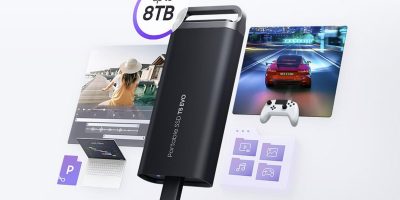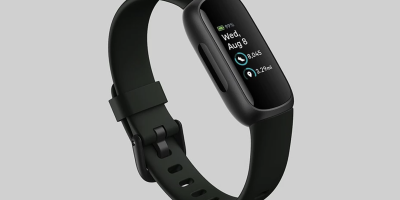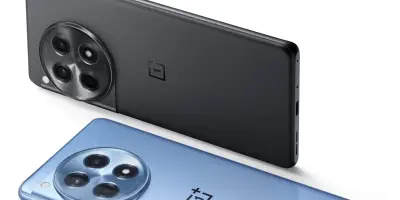The arrival of the Pixel 3a back in 2019 showed that it was possible for budget buyers to experience Google’s own, unadulterated vision for Android, at a price that doesn’t necessarily break the bank. Speaking from experience, the Pixel 3a was my first official foray into Google’s hardware offerings, and it succeeded in converting me – I’ve been a Pixel user ever since.
The Pixel 3a proved to be a winning formula, and Google would continue the A-series line with the 4a, 5a, and so on – this year, Google fans are expecting the arrival of the Pixel 8a, which while still unannounced has been leaked to oblivion in the past few months.
READ: Google Pixel 8a could see a massive battery upgrade
With that being said, there are still some concerns about why Google still needs the A-series line in its roster. Sure, it does help to have a more affordable option in a manufacturer’s device lineup, but is this still the case in this day and age?
Affordable Flagships
![]()
Take for example last year’s situation with the Pixel 7 and the Pixel 7a – launched many months after the Pixel 7, the 7a arrived with a 500-dollar price tag, and was technically a more affordable option compared to its flagship sibling at the time, which launched at a not-so-distant 600-dollar price.
“For nearly the same price, buyers had the option of going with a full-fledged flagship device with the Pixel 7”
On the other hand however, the Pixel 7 had been reduced in price by the time that the 7a arrived. For nearly the same price, buyers had the option of going with a full-fledged flagship device with the 7, as opposed to its A-series counterpart which sacrificed some hardware components such as the build quality, main camera sensor, and features such as cinematic video recording to name a few. As a result, the quick drop in price made the Pixel 7a somewhat pointless, unfortunately.
Formidable Competition

There’s also the argument that Google’s A-series devices face an increasingly competitive budget-to-mid phone market. Again we go to the 7a – in terms of specs, Google’s 2023 midranger is easily outclassed by similarly-priced rivals, which offer more impressive hardware components, i.e. 120Hz displays, larger batteries, faster SoCs, and so on.
Sure, one could argue that the Pixel 7a’s strengths lie in its camera performance and software support, and there’s no denying that. For a lot of buyers however, the price-to-spec ratio of the 7a wasn’t the best-looking out of the bunch, regardless of photographic capabilities and such. Its appeal was for Google fans and first-time Pixel buyers, but this takes us back to our first point of discussion.
Back to Basics
![]()
Perhaps Google could go back to its strategy with the Pixel 3a – the phone managed to offer a very similar user experience to the Pixel 3, and even featured the same form factor, with some minor differences. What set it apart though was the price, which was half of the Pixel 3’s price tag ($400 vs $800).
Aside from the all-plastic build, another move that allowed Google to lower the 3a’s price was with the phone’s internals – the Pixel 3a was powered by a midrange chipset in the form of the Snapdragon 670, as opposed to the Snapdragon 845 found in the base model Pixel 3. Some will scoff at the notion of a phone having a low-end chipset in 2023, but this is where the importance of pricing comes in.
Is this the Way?
Of course, this is all coming from an end user’s point of view. Perhaps Google has some masterful plan with the upcoming Pixel 8a and even the 9a, but it’s clear that its game plan from the days of the Pixel 3a has changed. At this point in time, some enthusiasts might wait for a price drop instead of going with an underpowered A-series phone, especially since Pixel phones seem to get discounts all the time.
With that being said though, a cleverly-priced Pixel A phone is something we’re still wishing for. How about you?









Comments